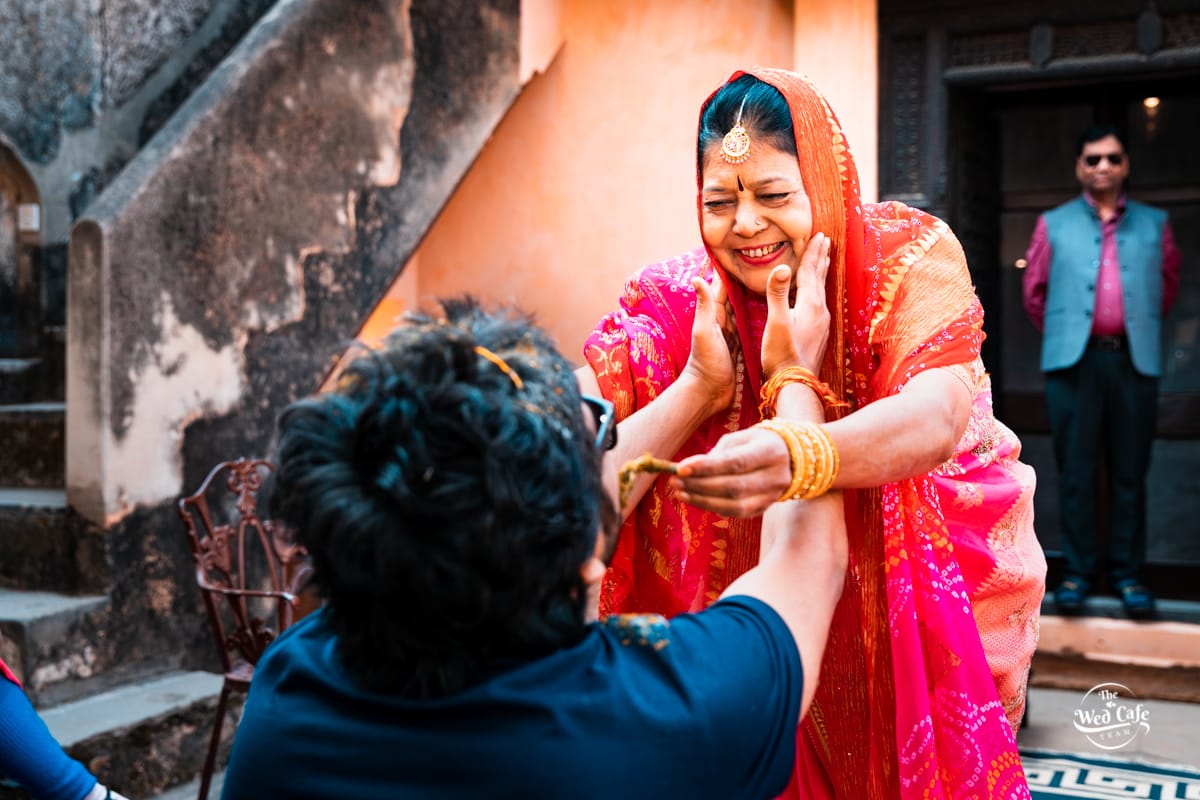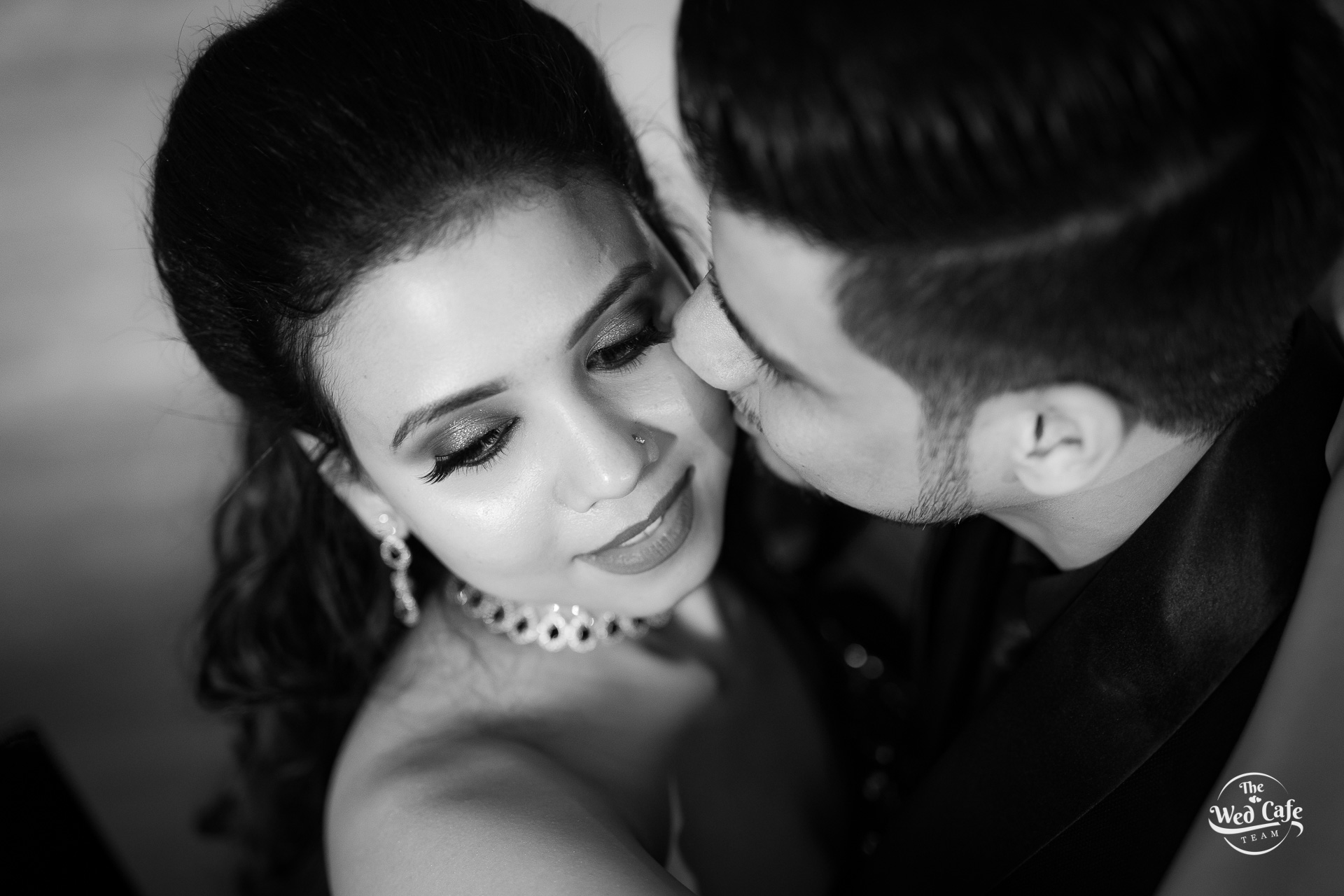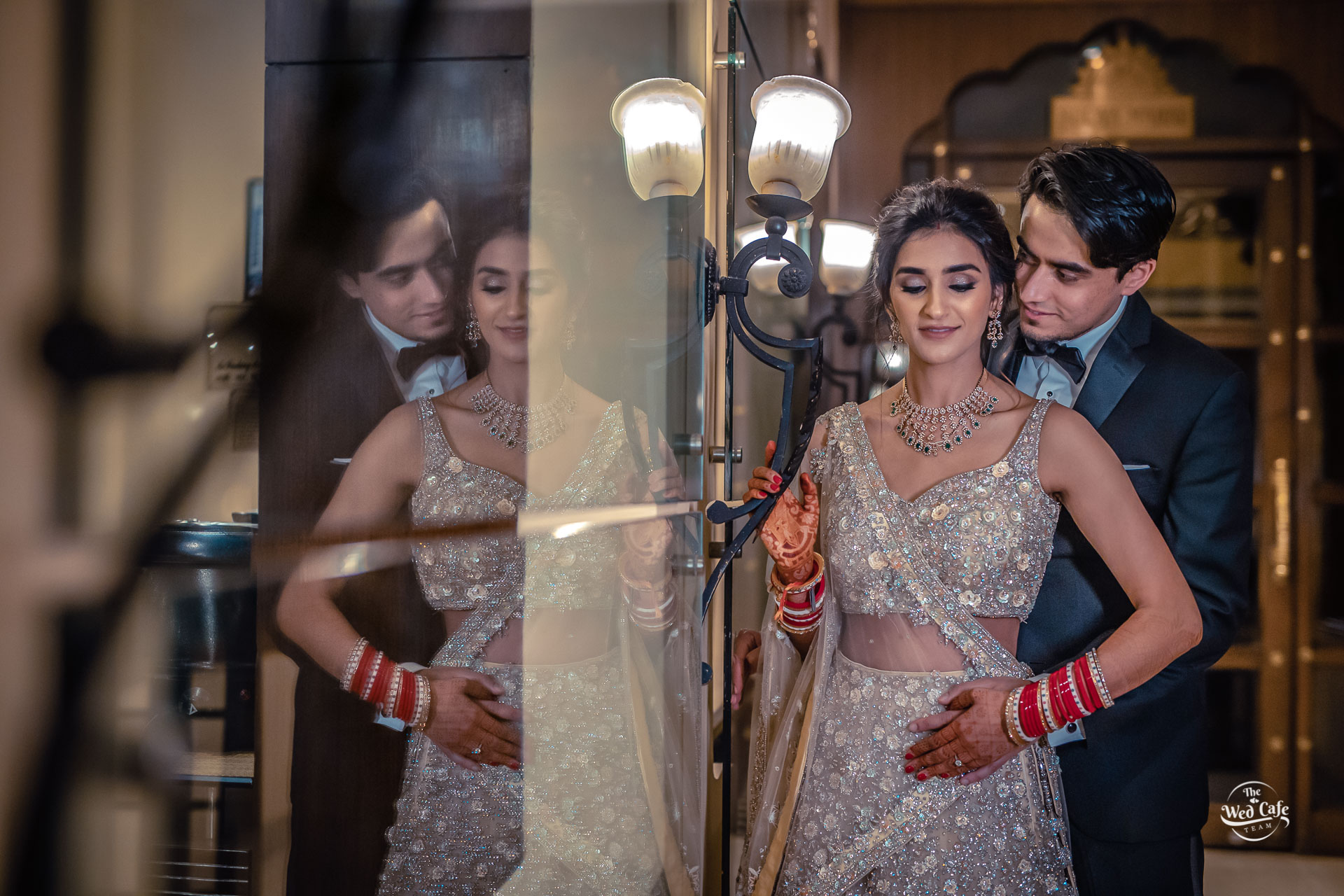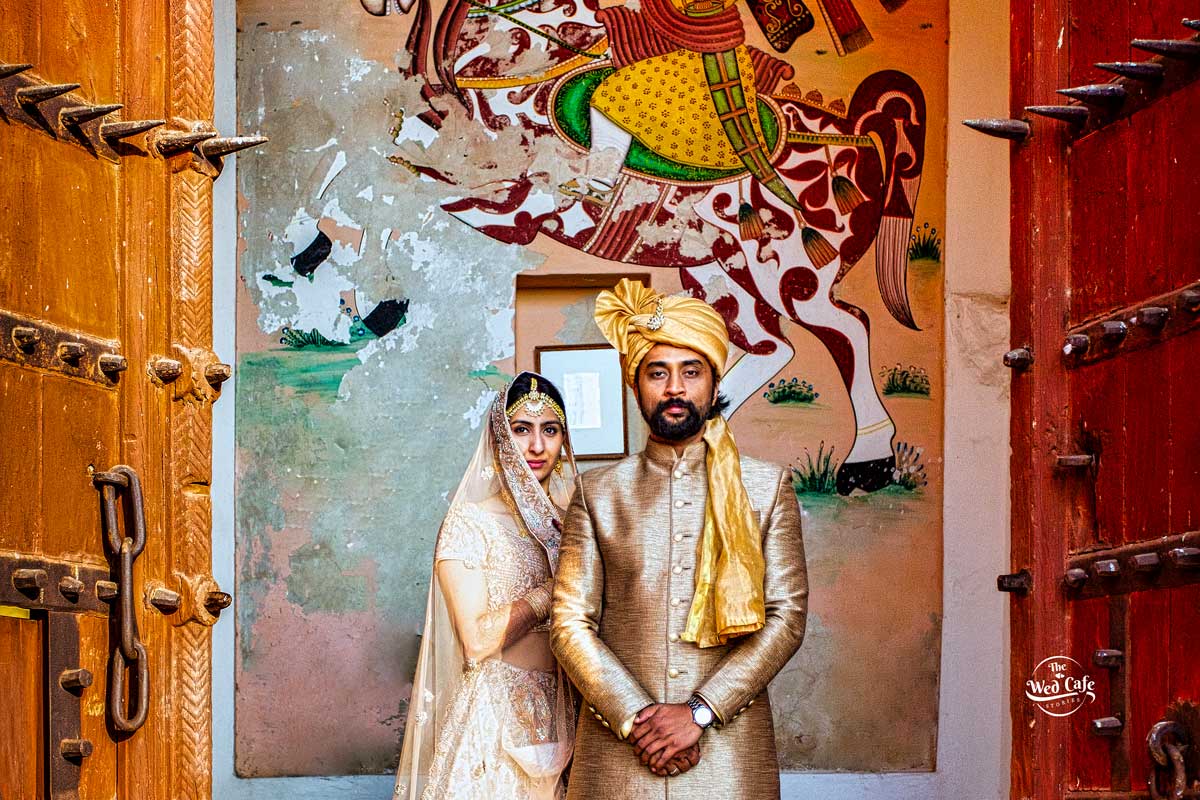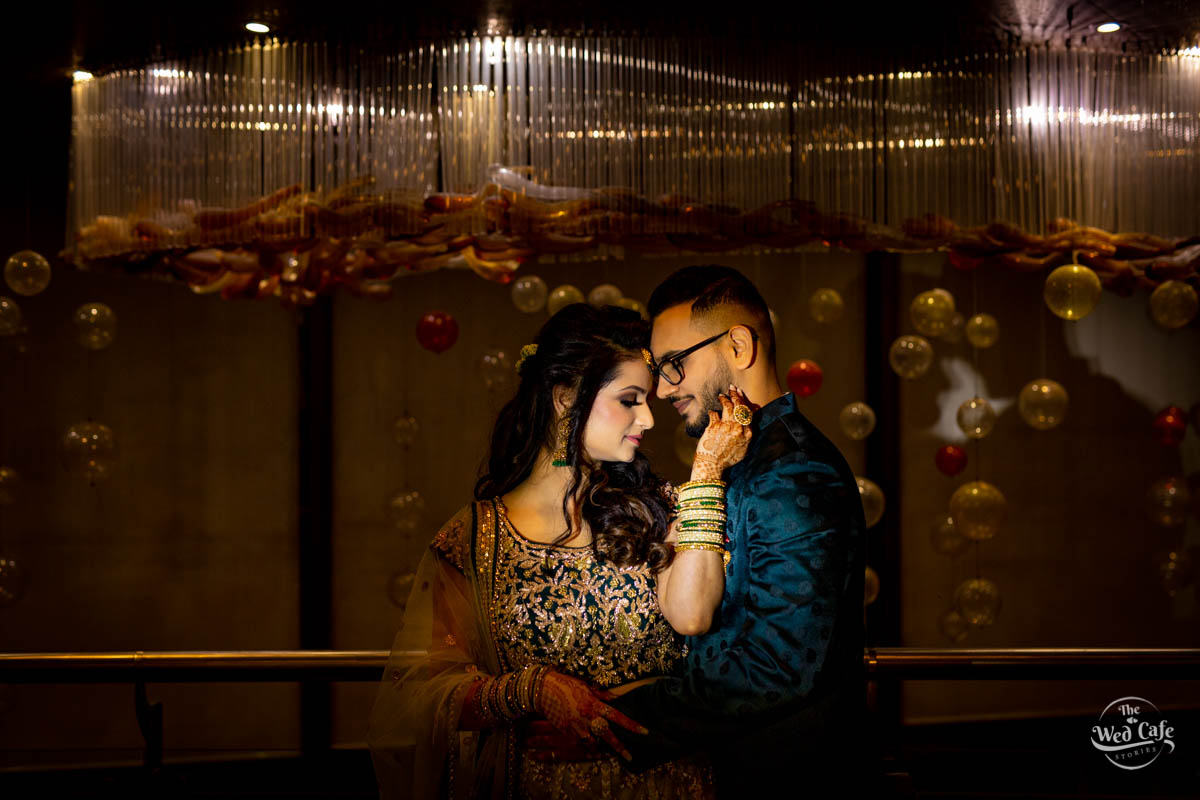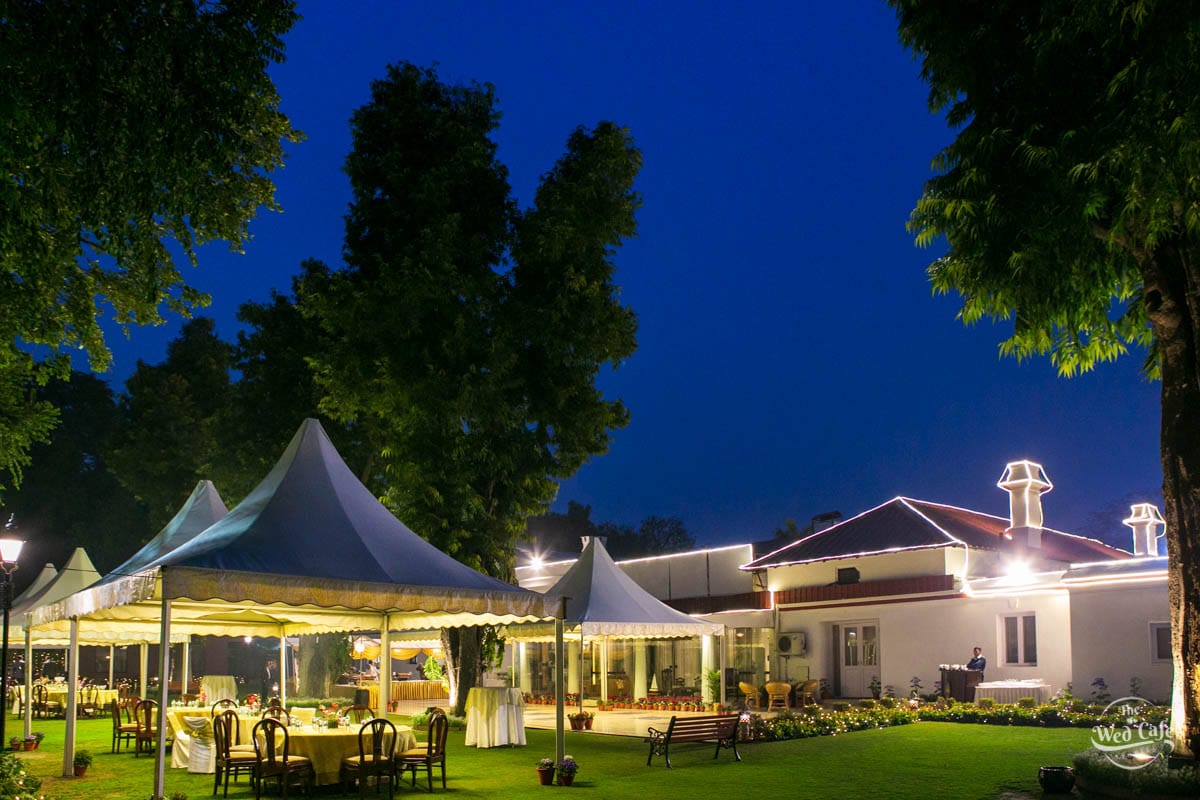Introduction:
India, a land of diverse cultures and traditions, is renowned for its extravagant weddings filled with vibrant colors, rich rituals, and joyful celebrations. Indian weddings are a beautiful blend of age-old customs, modern trends, and a profound sense of love and togetherness. Amidst the grandeur of these auspicious occasions, the role of photography stands paramount. In this blog, we explore the significance of photography in Indian weddings and how it beautifully captures and preserves the precious moments of this once-in-a-lifetime event.
Preserving the Grandeur: An Indian wedding is a grand affair, adorned with majestic decorations, stunning outfits, and mesmerizing rituals. Photography serves as a time capsule, freezing these breathtaking moments in frames that can be cherished for generations to come. From the pre-wedding ceremonies to the grand finale, a skilled photographer can capture the essence of every moment, preserving the emotions, laughter, and happiness in a tangible form.
Reliving the Emotions: Every Indian wedding is a treasure trove of emotions. The tear-filled eyes of a bride bidding farewell to her family, the laughter-filled moments of a groom’s friends during the Haldi ceremony, or the overflowing joy of the couple exchanging garlands – photography immortalizes these emotions, allowing the couple and their loved ones to relive them whenever they glance at their wedding album. The images bring back a flood of memories, evoking the same joy and love experienced on the special day.
Capturing Cultural Diversity: India is a land of diverse cultures, each with its own unique wedding customs and rituals. From the opulence of a North Indian wedding to the simplicity of a South Indian ceremony, photography becomes a powerful medium to document and celebrate this cultural diversity. Every ritual, costume, and tradition tells a story, and a skilled wedding photographer can ensure that these stories are forever etched in the memories of the couple and their families.
Artistic Expression: Wedding photography in India has evolved over the years, embracing various artistic styles and techniques. Photographers experiment with candid shots, creative compositions, and innovative use of light and color to capture the essence of the wedding day. From traditional poses to candid moments of stolen glances and stolen kisses, these artistic expressions create stunning visuals that transform wedding albums into works of art.
A Journey of Togetherness: Weddings mark the beginning of a lifelong journey of togetherness for the couple. Through the lens of a photographer, this journey is documented and portrayed in a visual narrative. From the engagement shoot to the pre-wedding preparations, from the pheras around the holy fire to the heartfelt speeches during the reception – photography encapsulates the essence of this journey, reminding the couple of their love, commitment, and the beautiful memories they have created together.
Conclusion:
Indian weddings are a tapestry of love, joy, and cultural richness. Photography has the power to capture and preserve these priceless moments, allowing couples and their families to relive the magic of their special day. Whether it’s the emotional rituals, the vibrant colors, or the tender moments shared between loved ones, a skilled wedding photographer brings these elements to life through their lenses. So, as you plan your Indian wedding, remember to choose a photographer who can beautifully capture the memories that will last a lifetime.India, a land of diverse cultures and traditions, is renowned for its extravagant weddings filled with vibrant colors, rich rituals, and joyful celebrations. Indian weddings are a beautiful blend of age-old customs, modern trends, and a profound sense of love and togetherness. Amidst the grandeur of these auspicious occasions, the role of photography stands paramount. In this blog, we explore the significance of photography in Indian weddings and how it beautifully captures and preserves the precious moments of this once-in-a-lifetime event.
